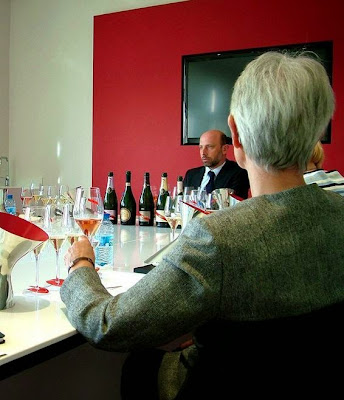Of course not! You take the best dish brush, the one made with horsehair... It is soft and tender, but removes lipstick, fingerprints and other stains easily.
A hint: If you drink a lot of tea, you know how cups start to look like in a while -
a horsersehair dish brush cleans your china effectively, but tenderly.
Photos by Riedel and Manufactüm
Dish brushes from Manufactum
When rinsing, use as hot water as possible and dry the glasses out with linen towel that does
not leave fibres on them.
Linen is fantastic - it just gets better and better when washing and using it!
The best ones are from a grandmom.
And dont worry - you can use your horsehair ring when doing the dishes!
Ring Cassiopeia, the original design by Nanna Salmi
If you wish to get yourself the perfect ring to clean your best
Champagne glasses, please, let us konow! Enquiries and orders
also by email
minna.maattanen@nannasalmi.com


















































